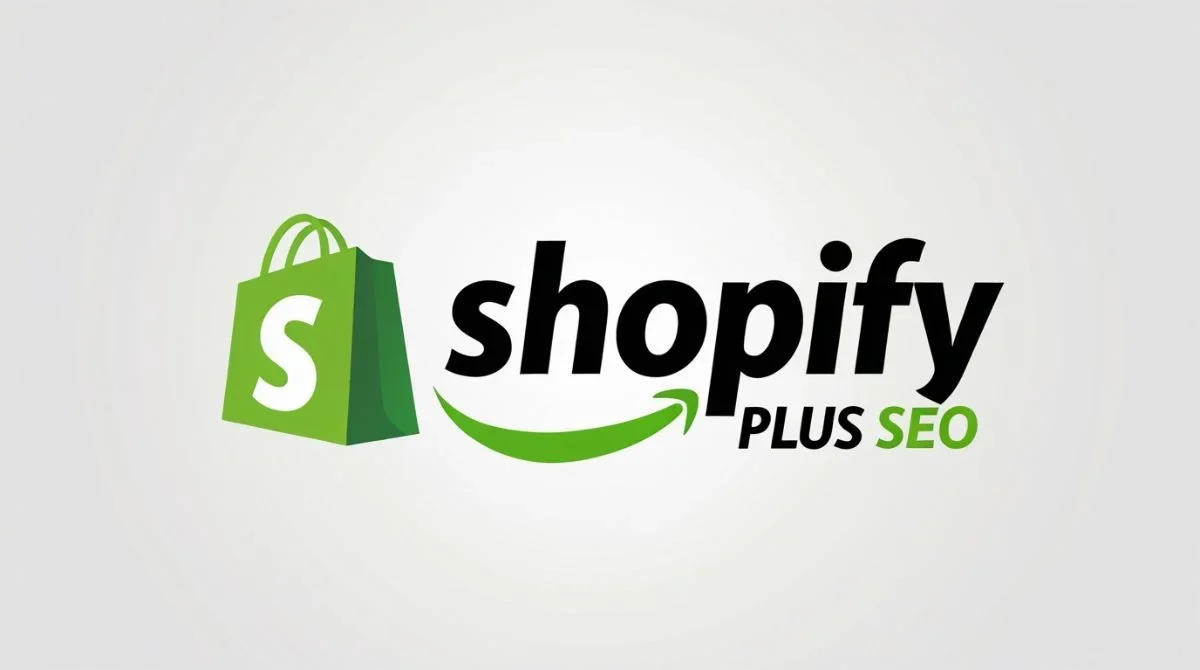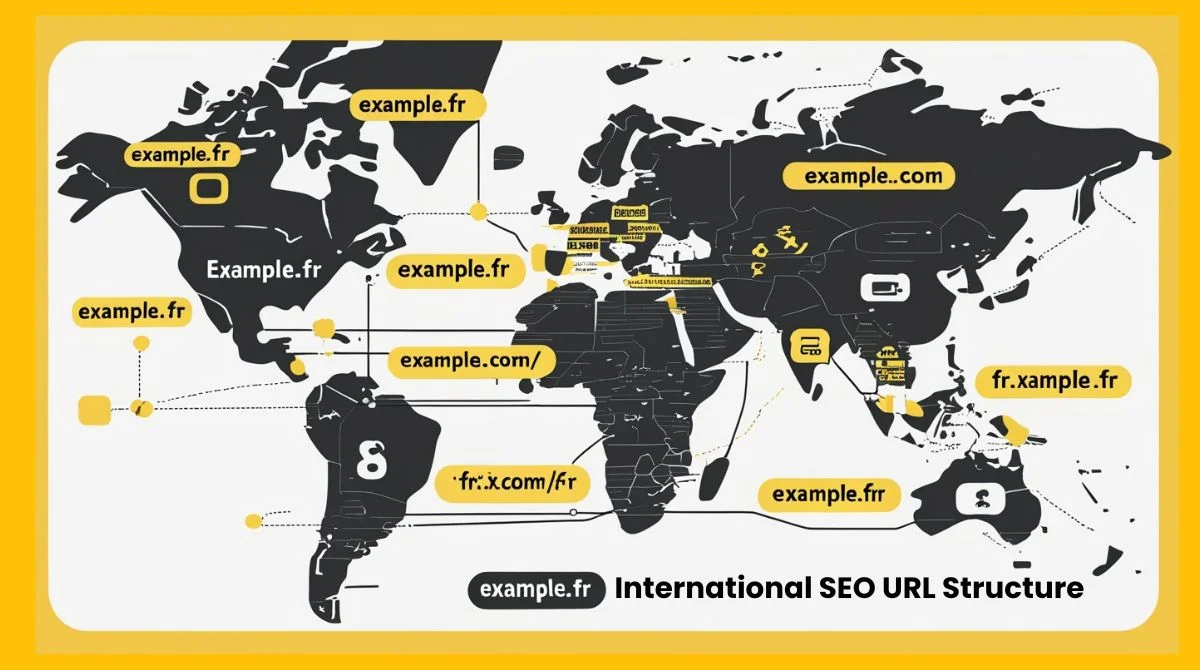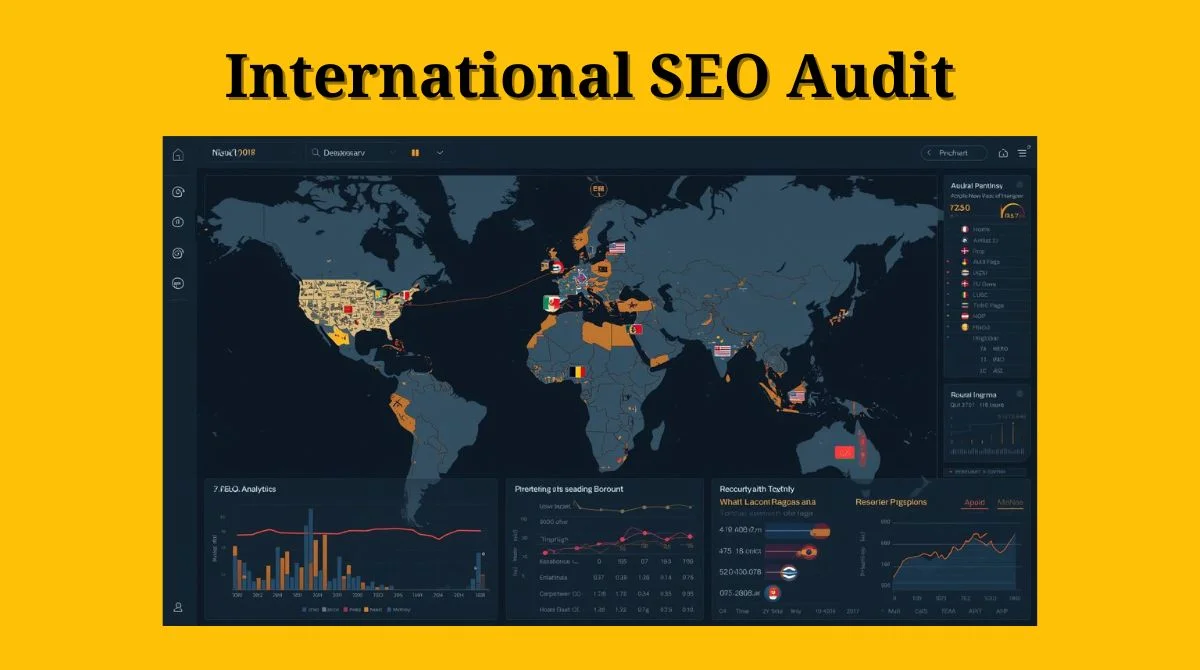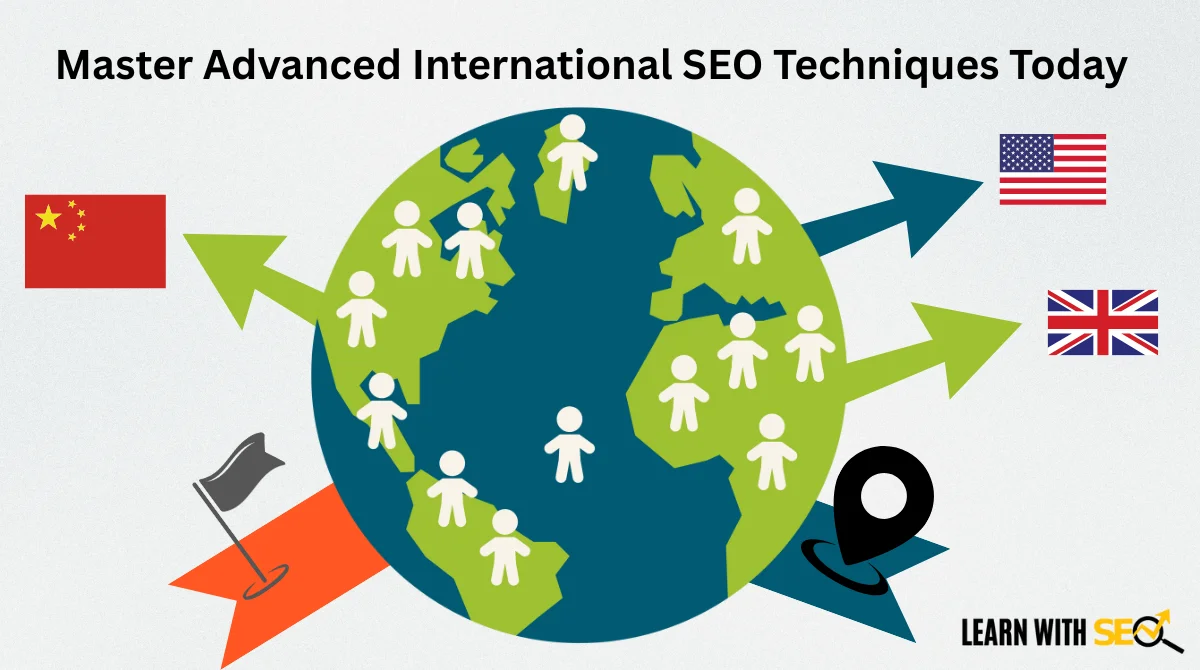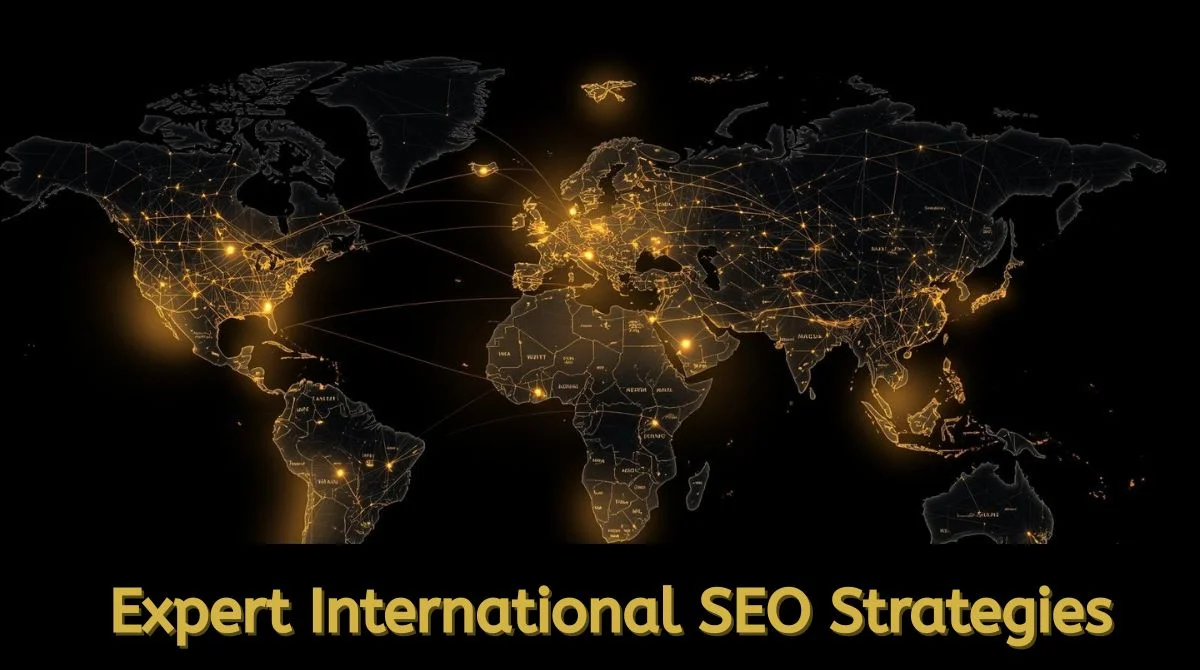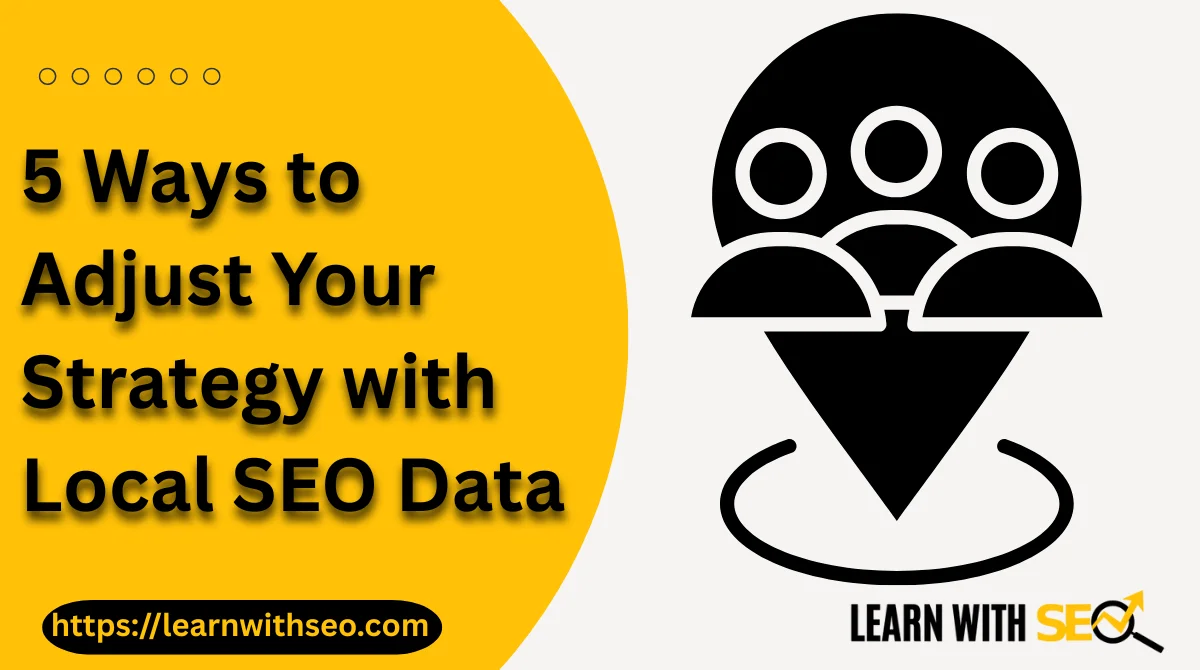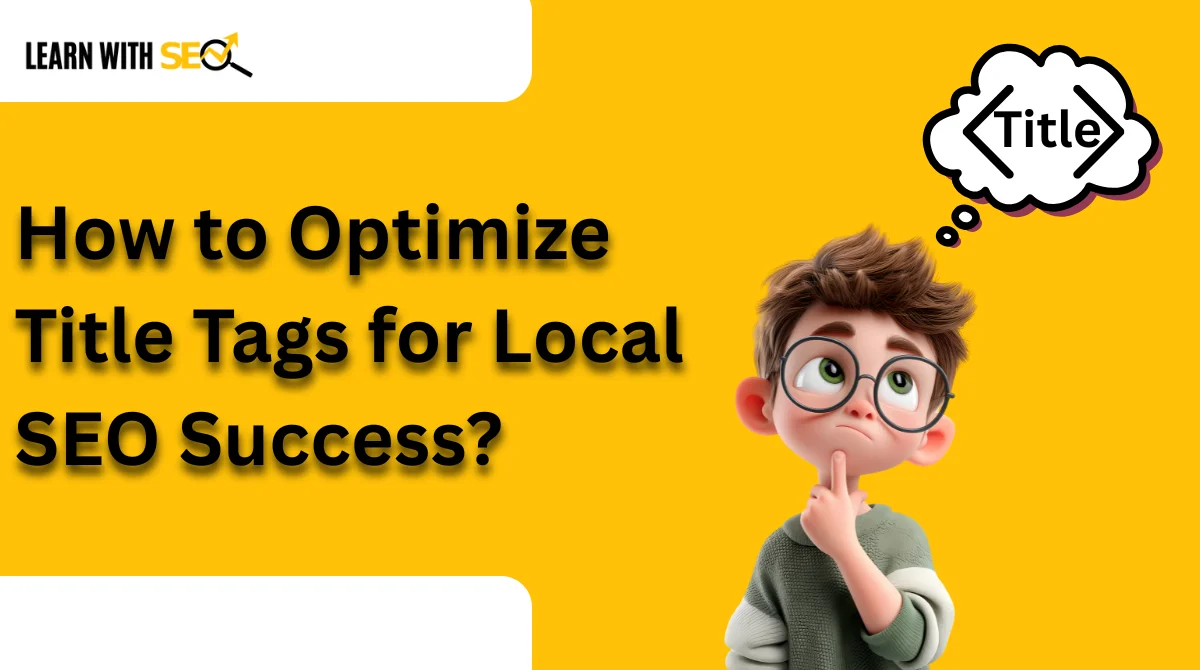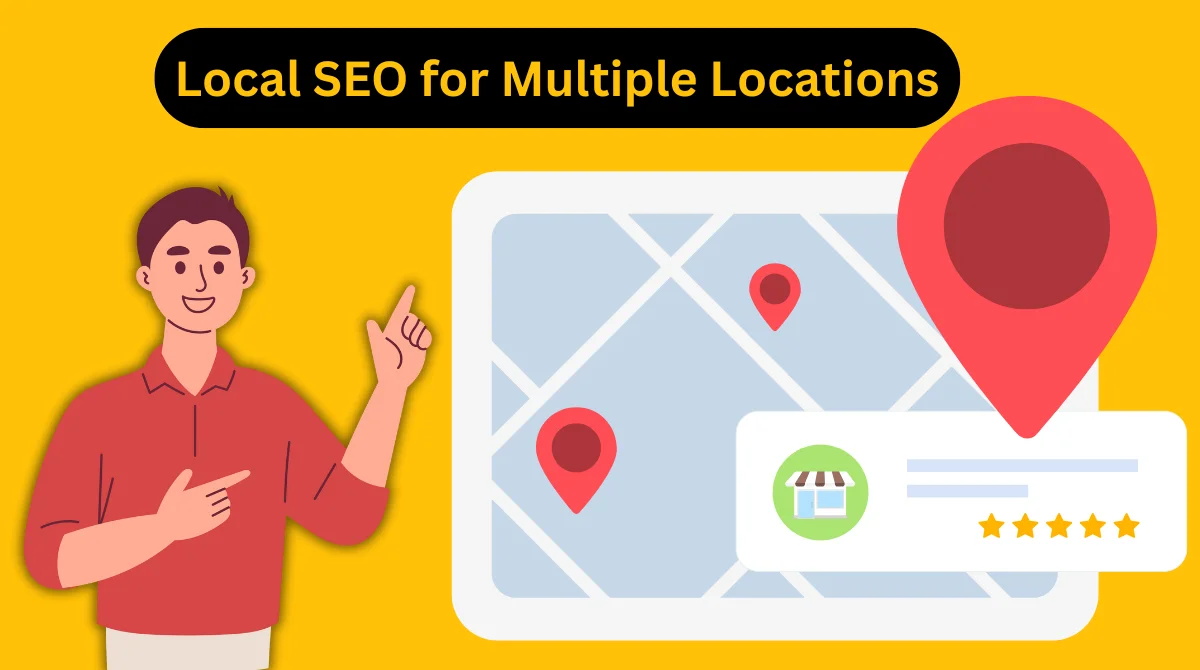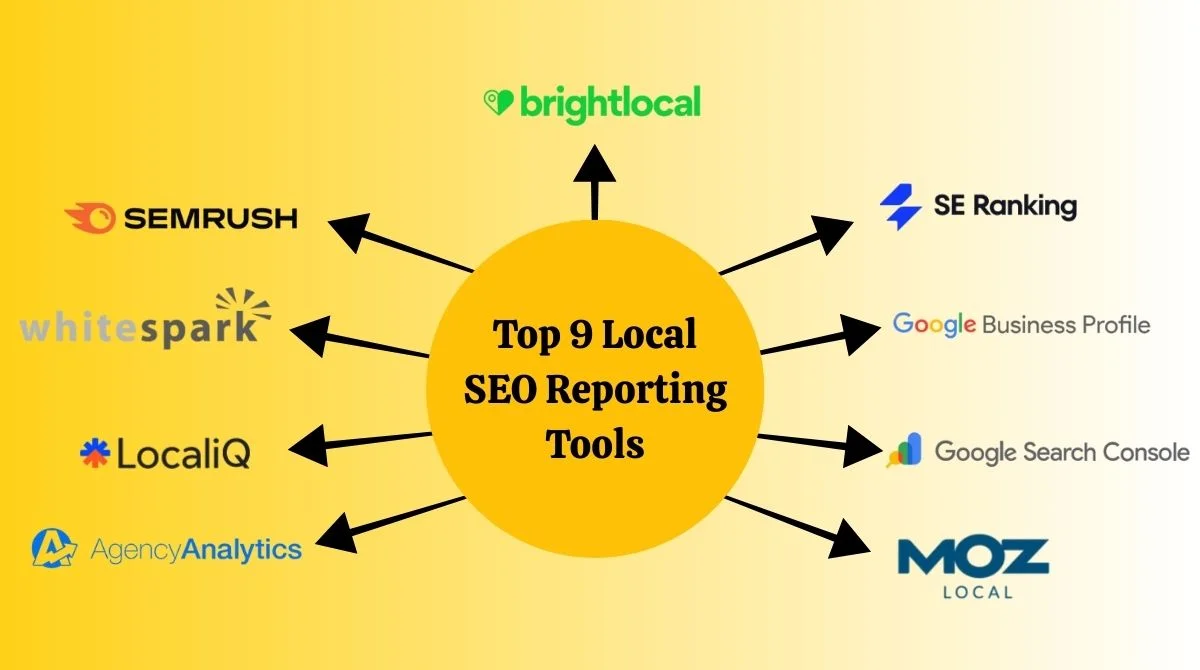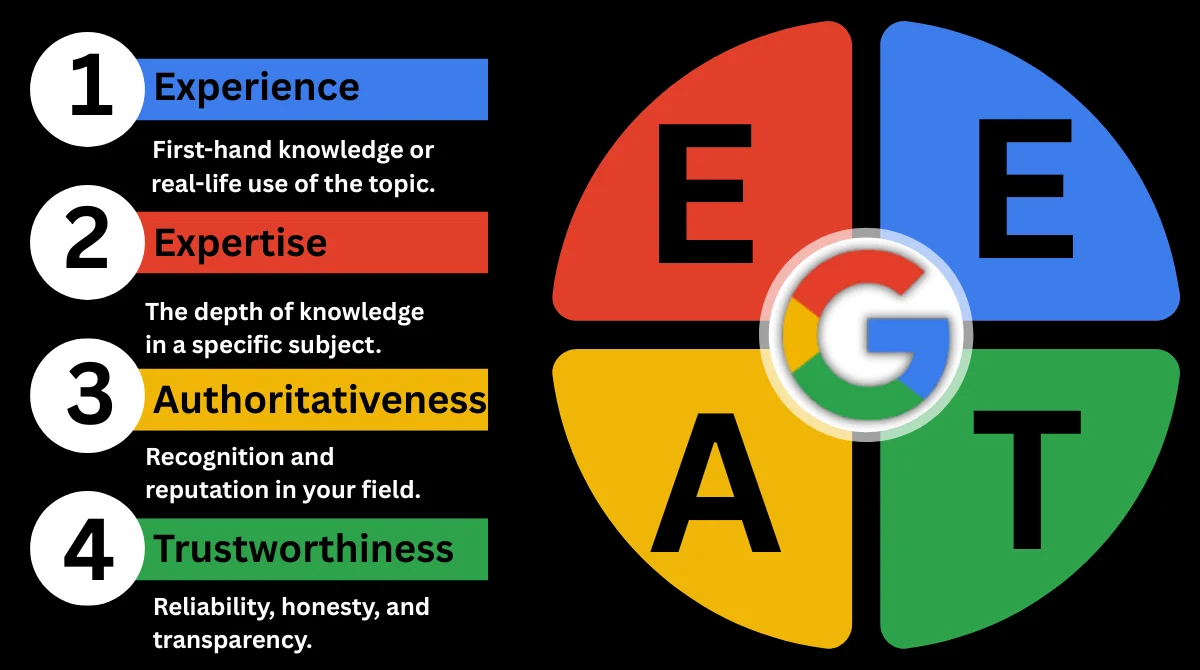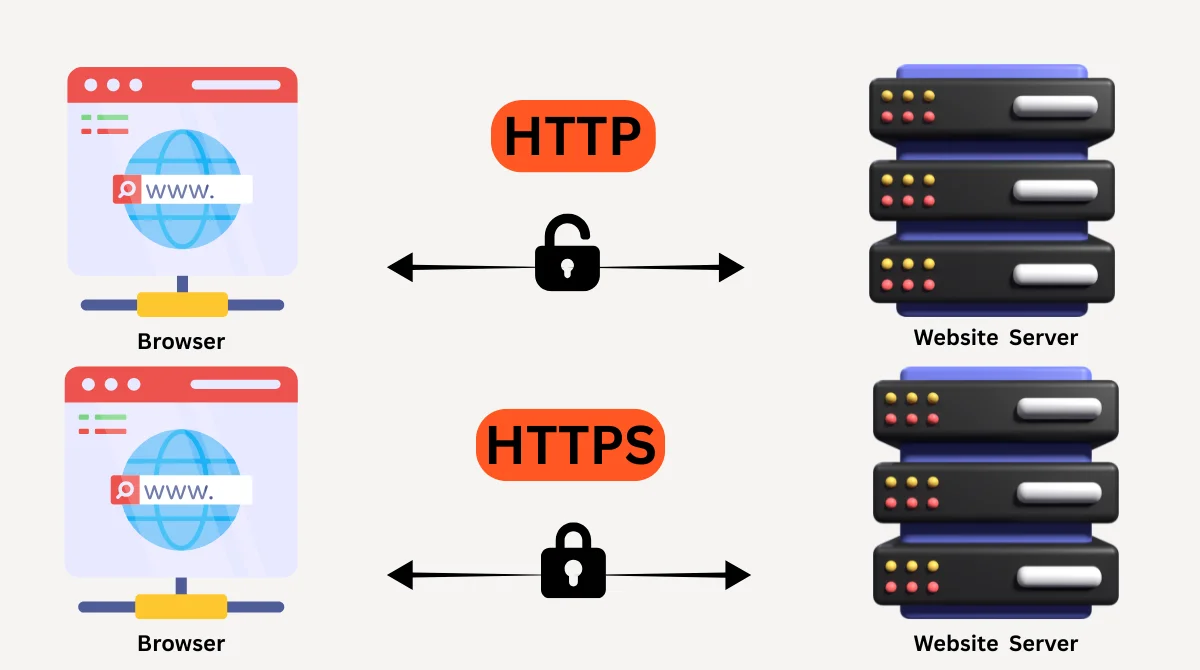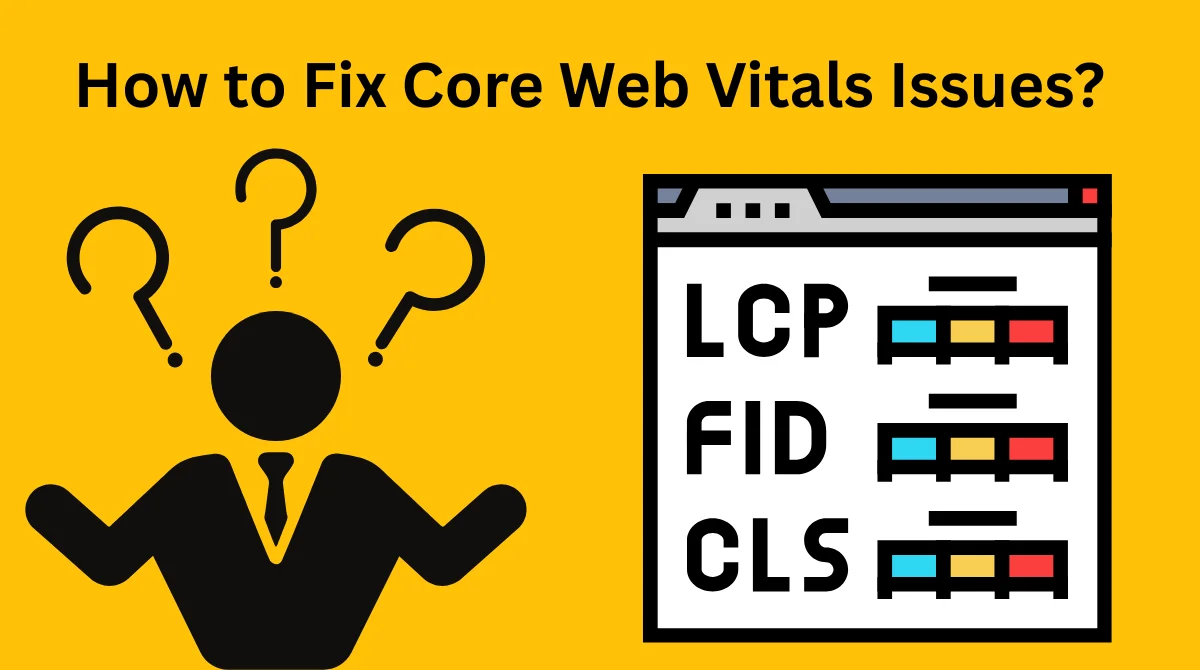- What is Shopify Plus SEO?
- Understanding the Shopify Plus Platform
- Why Shopify Plus SEO Matters for Your Business?
- Key Differences Between Regular Shopify and Shopify Plus SEO
- Essential Shopify Plus SEO Strategies
- Advanced Shopify Plus SEO Tactics
- Common Shopify Plus SEO Challenges
- Measuring Your Shopify Plus SEO Success
- Tools for Shopify Plus SEO
- Future of Shopify Plus SEO
- Getting Started with Shopify Plus SEO
- Final Thoughts
What is Shopify Plus SEO?
Shopify Plus SEO refers to the process of optimizing your enterprise-level Shopify store to rank higher in search engine results. It combines technical improvements, content strategy, and marketing tactics designed specifically for high-volume online businesses.
Unlike regular Shopify SEO, Shopify Plus SEO deals with larger product catalogs, multiple store locations, and complex business structures. The goal remains simple: get your store in front of customers searching for your products on Google.
Understanding the Shopify Plus Platform
Shopify Plus is the enterprise version of Shopify designed for businesses with high sales volumes. It offers advanced customization options, dedicated support, and features that regular Shopify plans do not include.
The platform handles massive traffic spikes without slowing down. This makes it perfect for brands selling thousands of products across different markets and channels.
Why Shopify Plus SEO Matters for Your Business?
Drive Free Organic Traffic
SEO brings visitors to your store without paying for each click. Once your pages rank well, they continue generating traffic for months or even years. This reduces your customer acquisition costs significantly over time.
According to recent data, the first search result on Google receives nearly 28% of all clicks. Missing out on top rankings means losing potential customers to competitors.
Build Long-Term Brand Authority
Strong SEO positions your brand as an industry leader. When customers find your store ranking for important search terms, they trust your business more. This credibility translates into higher conversion rates and customer loyalty.
Scale Your Revenue Growth
Enterprise stores on Shopify Plus need sustainable growth channels. Paid advertising costs keep rising, but SEO provides consistent returns. Businesses using proper SEO strategies see continuous traffic growth without proportional cost increases.
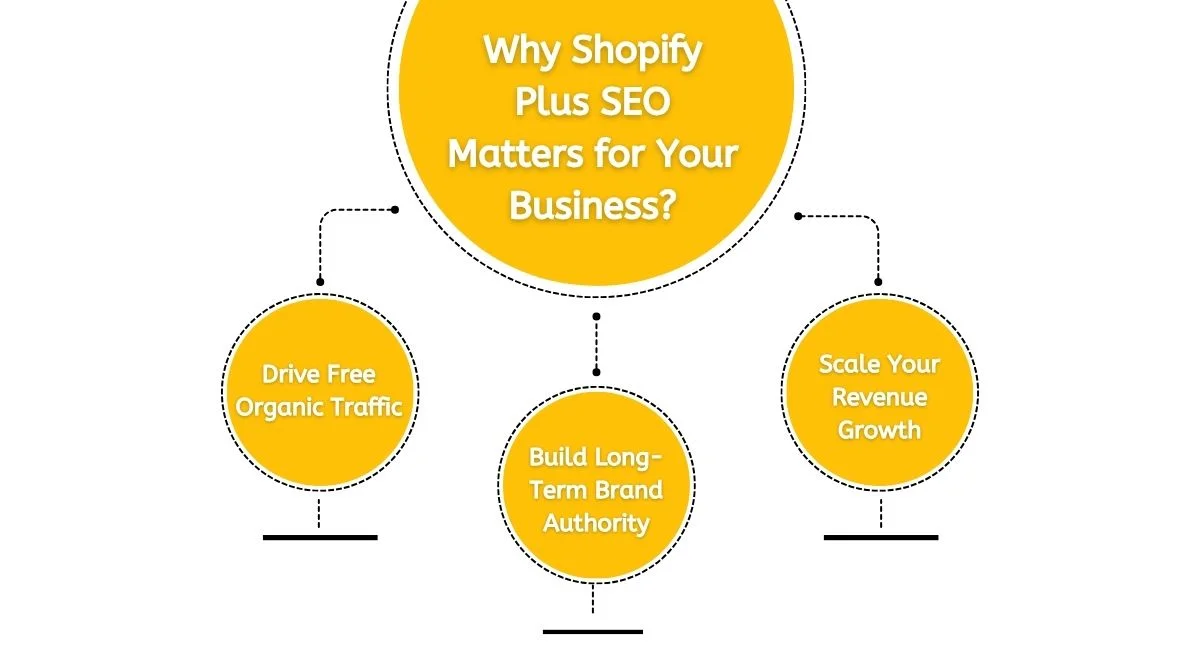
Key Differences Between Regular Shopify and Shopify Plus SEO
Advanced Customization Options
Shopify Plus allows deeper access to your store’s code and structure. You can implement advanced schema markup, customize URL structures better, and create unique templates for different product categories.
This flexibility helps you optimize each page type specifically for search engines. Regular Shopify limits these customization options significantly.
Handling Large Product Catalogs
Enterprise stores often manage thousands of products across multiple categories. Shopify Plus SEO focuses on organizing these products efficiently, creating proper internal linking structures, and avoiding duplicate content issues.
The platform provides better tools for bulk editing meta descriptions, titles, and other SEO elements across your entire catalog.
Multi-Store and International SEO
Shopify Plus enables you to run multiple storefronts for different regions or brands. This requires sophisticated international SEO strategies, including hreflang tags, localized content, and region-specific optimization.
You need to ensure each store targets the right audience without competing against your other properties in search results.
Essential Shopify Plus SEO Strategies
Technical SEO Foundation
Your store’s technical health determines how well search engines can crawl and index your pages. Focus on improving site speed, fixing broken links, and ensuring mobile responsiveness across all devices.
Use XML sitemaps to help search engines discover all your important pages. Implement proper robots.txt files to guide search engine crawlers efficiently through your site.
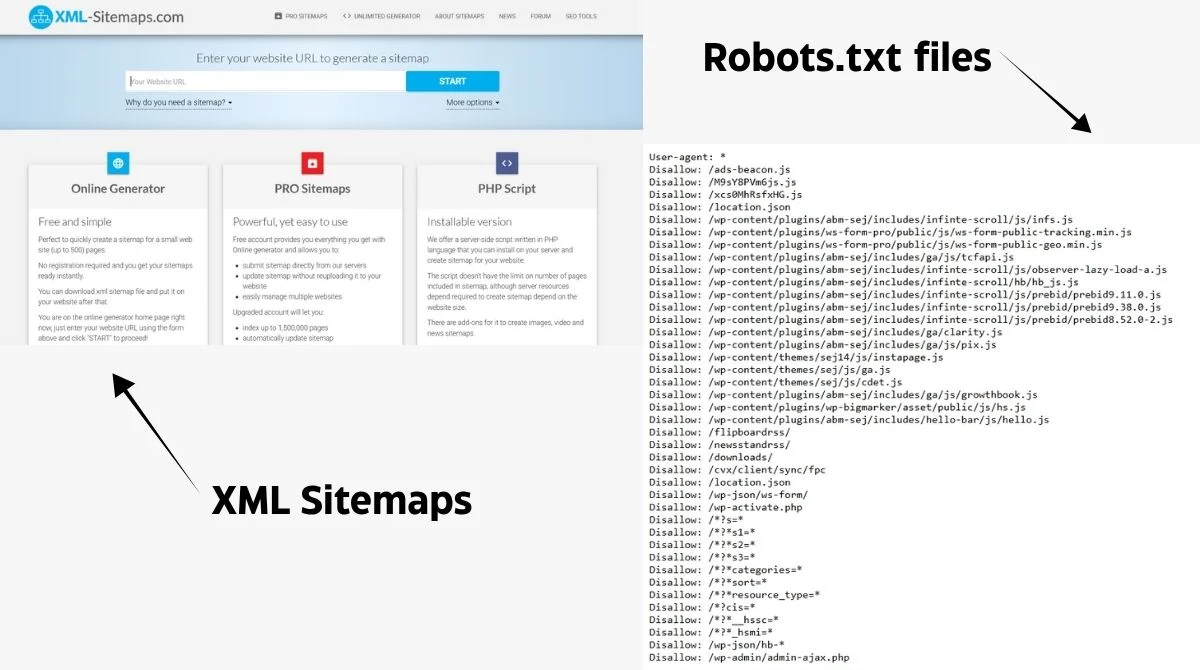
Page Speed Optimization
Fast-loading pages rank better and convert more visitors into customers. Compress images without losing quality, minimize code bloat, and use Shopify’s built-in CDN effectively.
Enterprise stores often have heavy product pages with multiple images and features. Optimize every element to maintain quick load times even during high-traffic periods.
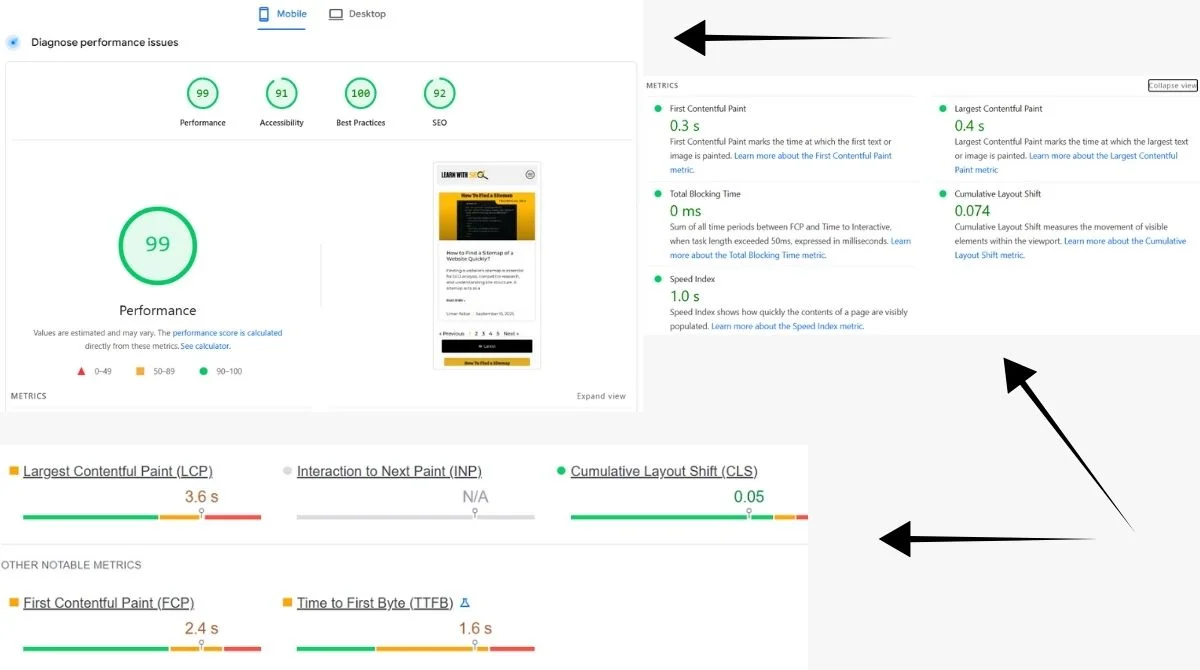
Strategic Keyword Research
Identify search terms your target customers actually use. Focus on product-specific keywords, category-level terms, and informational queries related to your industry.
For Shopify Plus stores, collection pages often provide the highest SEO revenue potential. Prioritize optimizing these pages with relevant keywords and quality content.
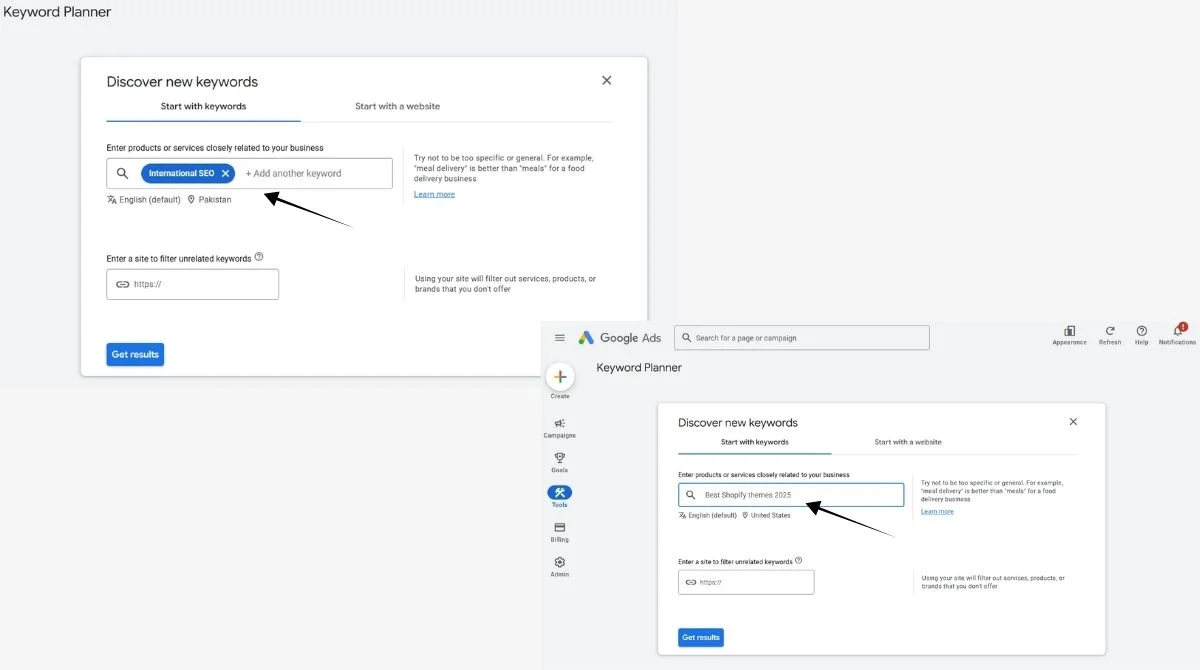
Content Optimization
Write unique, helpful product descriptions that include target keywords naturally. Avoid copying manufacturer descriptions, as duplicate content hurts your rankings.
Create category descriptions that provide value while incorporating relevant search terms. Add buying guides, comparison content, and educational resources that answer customer questions.
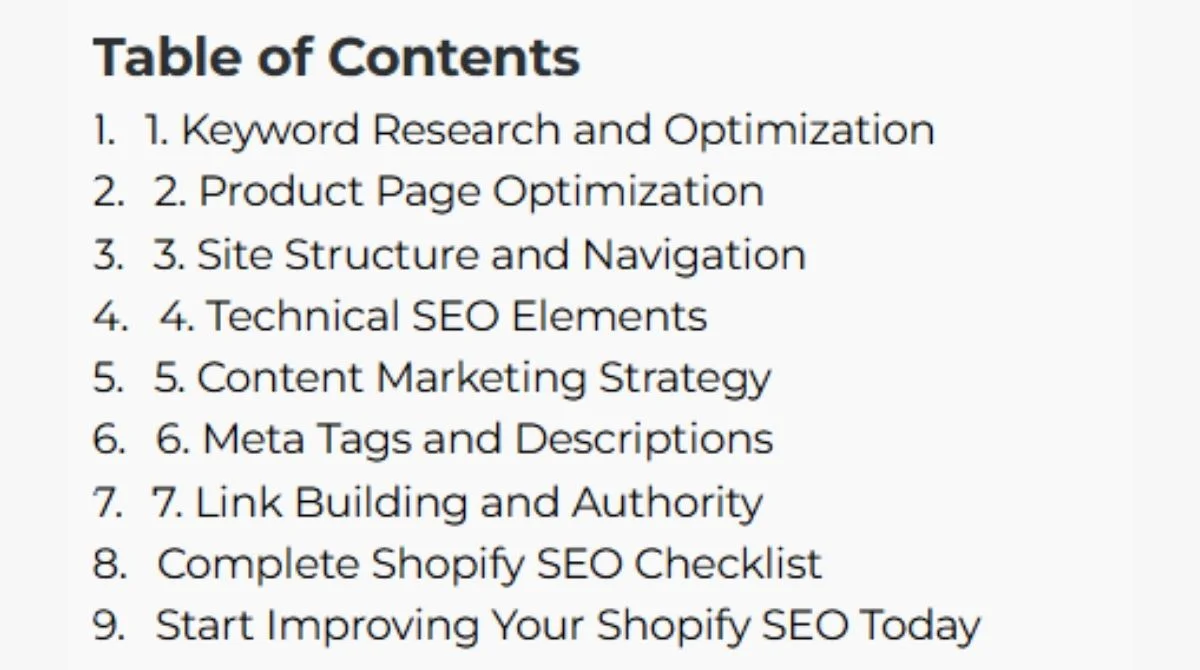
Image SEO Best Practices
Images make up a large portion of page weight on e-commerce sites. Properly name image files with descriptive keywords before uploading them to your store.
Add detailed alt text to every image describing what it shows. This helps search engines understand your visual content and improves accessibility for users with screen readers.
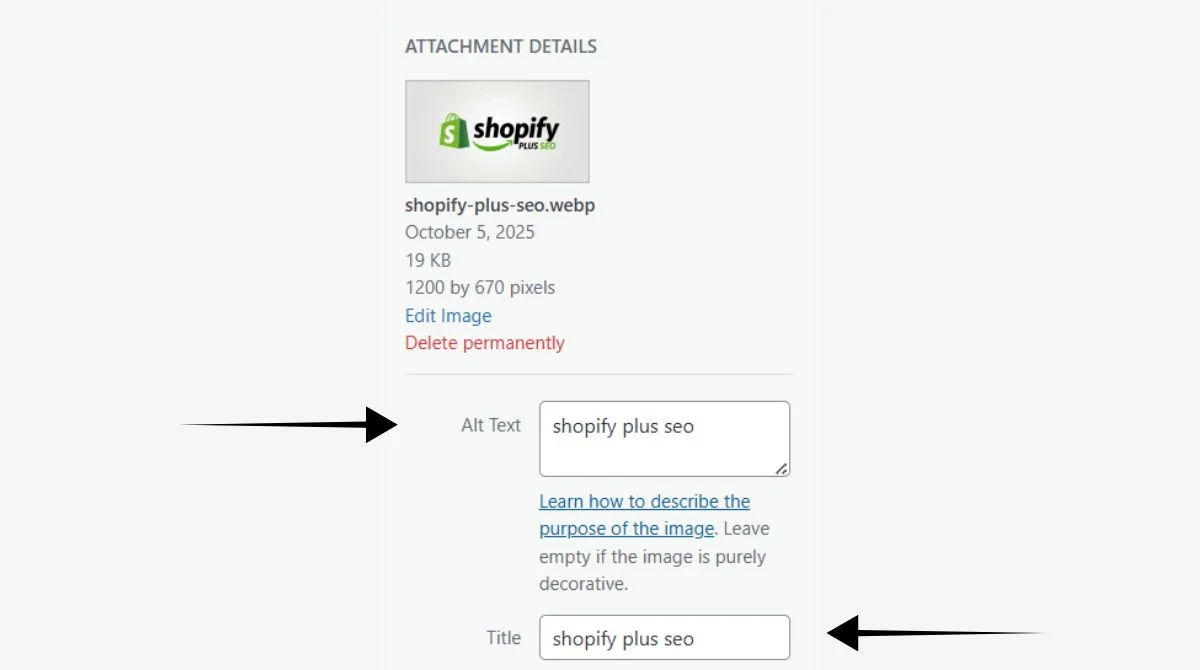
Internal Linking Structure
Link related products, categories, and content pages together strategically. This helps search engines understand your site structure and distribute ranking power across important pages.
Create a clear hierarchy from homepage to categories to products. Use descriptive anchor text that tells both users and search engines what they’ll find on linked pages.
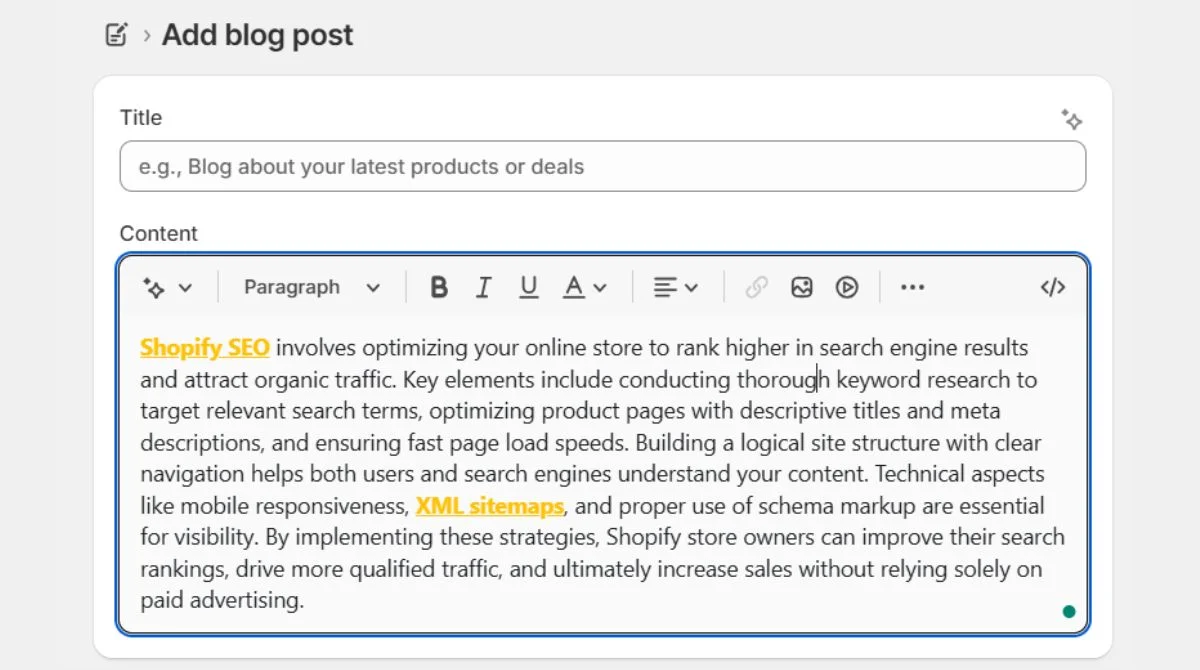
Advanced Shopify Plus SEO Tactics
Schema Markup Implementation
Add structured data to help search engines display rich snippets in results. Product schema shows prices, availability, and ratings directly in search listings.
Shopify Plus allows more flexibility in implementing custom schema types. Use organization schema, breadcrumb markup, and FAQ schema where appropriate.
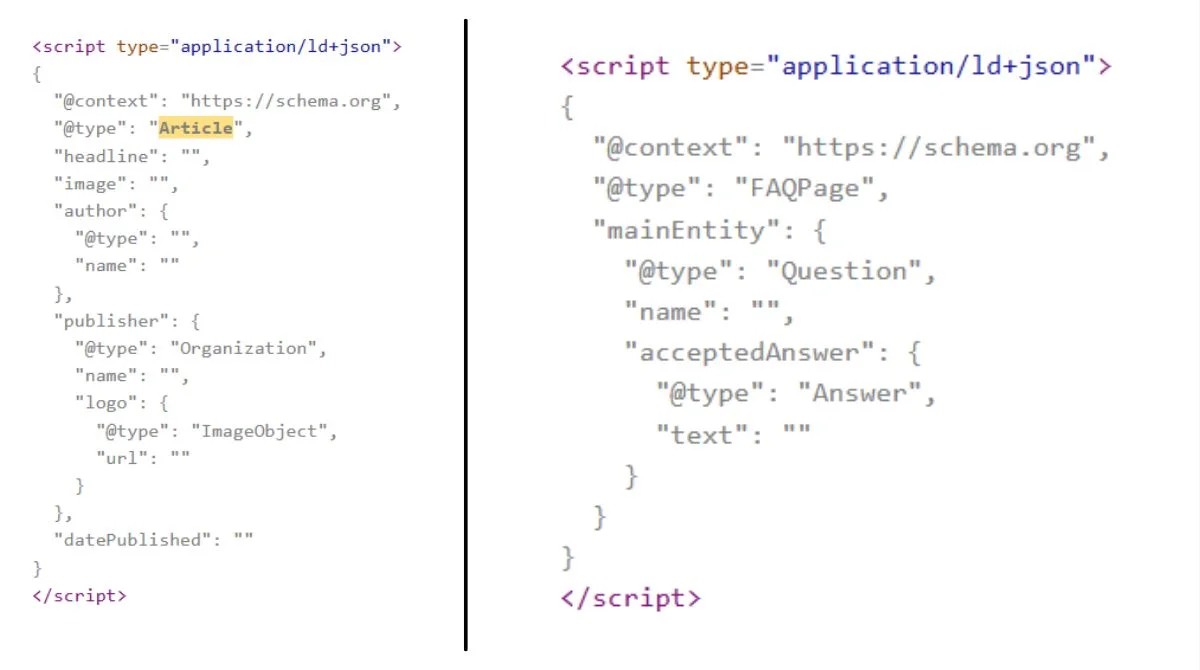
Handling Duplicate Content
Enterprise stores often face duplicate content issues from product variants, filtered URLs, and similar products. Use canonical tags properly to tell search engines which version is primary.
Implement URL parameters handling in Google Search Console. Create unique content for similar product pages or use strategic noindex tags when appropriate.
Collection Page Optimization
Collection pages represent major ranking opportunities for enterprise stores. These category pages target valuable commercial keywords with high search volume.
Write comprehensive collection descriptions at the bottom of pages. Include relevant keywords, helpful information, and internal links to related categories and popular products.
Blog Content Strategy
Create blog content targeting informational searches related to your products. Answer common customer questions, provide how-to guides, and share industry insights.
Link from blog posts to relevant product and collection pages naturally. This drives qualified traffic from informational searches to commercial pages where conversions happen.
Common Shopify Plus SEO Challenges
Site Architecture Complexity
Managing SEO across thousands of products requires careful planning. Poor organization leads to orphaned pages, confusing navigation, and lost ranking opportunities.
Develop a clear site structure before launching. Map out how categories, subcategories, and products relate to each other logically.
Maintaining Consistency at Scale
Keeping meta titles, descriptions, and content quality consistent across huge catalogs becomes difficult. Missing or duplicate metadata hurts your search performance.
Use templates and bulk editing tools wisely. Set standards for product information and ensure team members follow SEO guidelines when adding new products.
Balancing User Experience and SEO
Enterprise stores need sophisticated filtering, sorting, and search features. These create many URL variations that can cause technical SEO issues if not handled properly.
Implement faceted navigation carefully. Use proper URL parameters, canonical tags, and strategic noindex tags to prevent indexing problems while maintaining user functionality.
Measuring Your Shopify Plus SEO Success
Track Organic Traffic Growth
Monitor how many visitors come from search engines over time. Look at traffic trends for different product categories and collections separately.
Use Google Analytics 4 to understand which organic landing pages drive the most revenue. Focus optimization efforts on pages with high traffic but low conversion rates.
Monitor Keyword Rankings
Track your positions for important target keywords regularly. Identify which terms you’re gaining or losing rankings for over time.
Focus on keywords with commercial intent that indicate purchase readiness. These typically provide better ROI than purely informational terms.
Analyze Conversion Rates
Organic traffic quality matters more than quantity. Track how well organic visitors convert compared to other traffic sources. Identify pages with high organic traffic but low conversions. Optimize these pages to better match search intent and improve user experience.
Review Technical Health
Run regular technical SEO audits to catch issues before they impact rankings. Check for broken links, crawl errors, slow pages, and indexing problems.
Use Google Search Console to monitor how search engines see your site. Address critical issues promptly and track improvements over time.
Tools for Shopify Plus SEO
Built-in Shopify Features
Shopify Plus includes built-in SEO features like automatic sitemap generation, customizable title tags and meta descriptions, and clean URL structures.
The platform handles many technical aspects automatically, but you still need to optimize content and implement advanced strategies manually.
Third-Party SEO Apps
Install apps from the Shopify App Store to extend SEO capabilities. These tools help with schema markup, image optimization, broken link detection, and bulk editing.
Choose apps carefully based on your specific needs. Too many apps can slow down your store, negating SEO benefits.
Analytics and Monitoring Tools
Use Google Search Console to understand how Google crawls and indexes your store. Monitor search performance, discover new keyword opportunities, and identify technical issues.
Google Analytics 4 provides detailed traffic analysis. Set up e-commerce tracking to connect organic search performance directly to revenue.
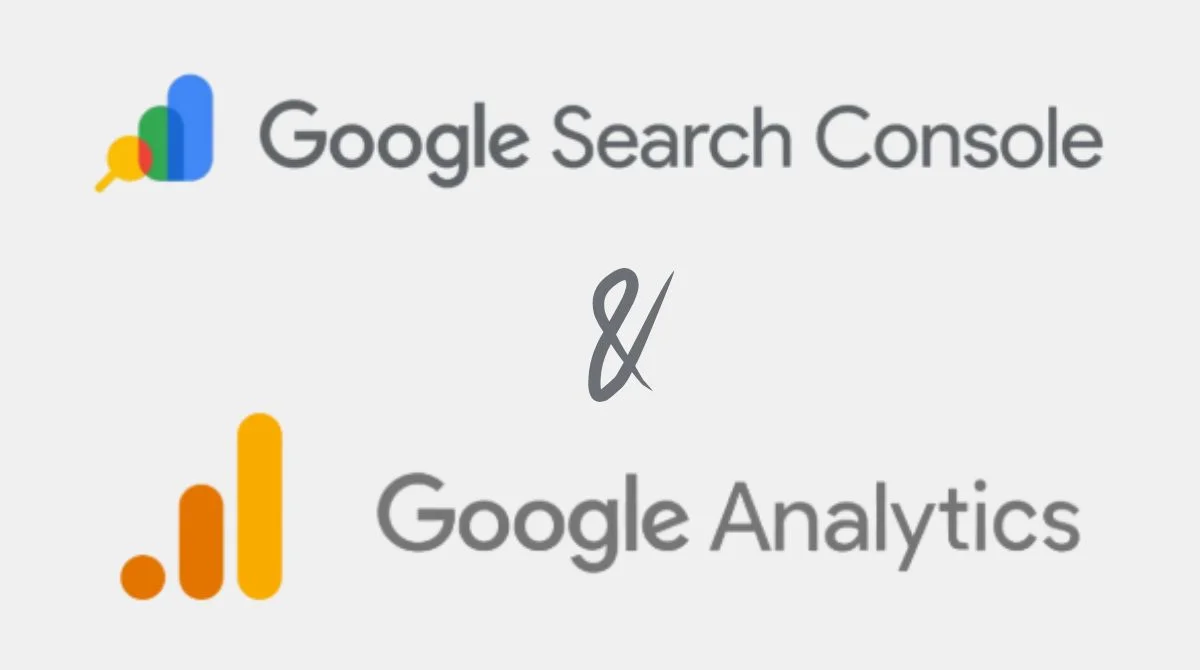
Future of Shopify Plus SEO
AI-Generated Search Results
Search engines now display AI-generated answers directly in results. Your content needs to be clear, authoritative, and well-structured to appear in these AI overviews.
Focus on answering specific questions comprehensively. Use proper heading structures and provide accurate, helpful information that AI systems can reference.
Voice Search Optimization
More customers use voice assistants to search for products. Optimize for natural language queries and question-based searches. Create FAQ sections answering common questions in conversational language. This helps capture voice search traffic effectively.
Mobile-First Indexing
Google primarily uses mobile versions of sites for ranking. Ensure your Shopify Plus store works perfectly on all mobile devices. Test mobile page speed, navigation, and checkout experience regularly. Mobile optimization directly impacts your search rankings now.
Getting Started with Shopify Plus SEO
Conduct a Comprehensive Audit
Start by evaluating your current SEO performance. Identify technical issues, content gaps, and optimization opportunities across your store.
Review top competitors to understand what’s working in your industry. Analyze their keyword targeting, content strategies, and technical implementations.
Set Clear Goals and Priorities
Define specific SEO objectives tied to business outcomes. Focus on metrics that matter, like organic revenue, not just vanity metrics like total traffic.
Prioritize quick wins that deliver immediate results while planning long-term improvements. Balance technical fixes, content creation, and ongoing optimization work.
Develop an Ongoing Strategy
SEO is not a one-time project but continuous work. Create processes for regular content updates, technical monitoring, and performance analysis.
Stay informed about algorithm updates and industry changes. Adapt your strategy as search engines evolve and customer behavior shifts.
Final Thoughts
Shopify Plus SEO is essential for enterprise e-commerce success. It connects your store with customers actively searching for your products. Start with technical foundations, create quality content, and monitor results regularly. The long-term benefits make SEO one of the most valuable channels for enterprise stores.

